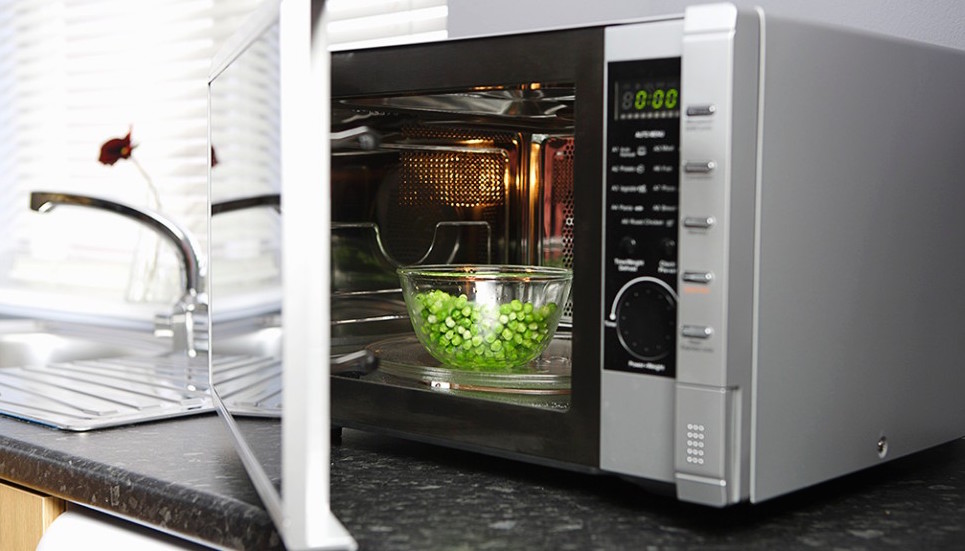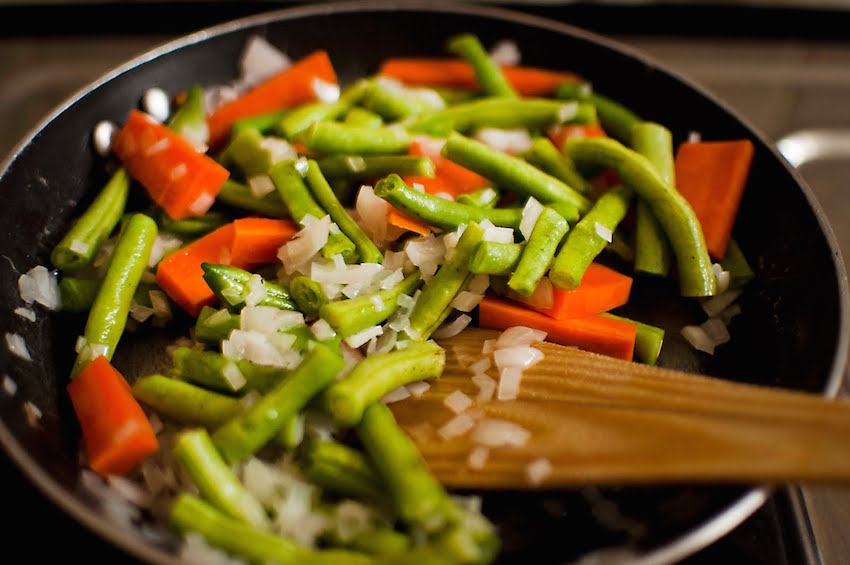 Jun
12
2016
Jun
12
2016
The healthiest ways to cook vegetables and boost nutrition
Vegetables are extremely beneficial for health. Cooking vegetables make it easier for your body to absorb their nutrients and help to boost the amount of minerals such as calcium, magnesium and iron, available to your body. However, it is important to cook vegetables the right way to maximize their health benefits, although it can be dependent on the type of vegetable as well.
Steam instead of boil

Steaming is one of the best ways to cook most vegetables, as it is best to keep cooking time, temperature and the amount of liquid to a minimum. Steaming retains the highest level of nutrients, especially for vegetables such as broccoli, cauliflower and zucchini. An exception to this will be carrots, where boiling helps to increase the levels of beta carotene. Do try to cook your vegetables whole as it helps to preserve nutrients.
Microwave if in doubt

Microwave uses close to no water and can heat up a vegetable quickly from within, thus preserving nutrients such as vitamin C, which breaks down when heated. An exception to this will be cauliflower, which is found to lose the highest amount of nutrients when microwaved.
Saute instead of fry

Deep-frying causes vegetables to dehydrate due to fat penetrating the food. Meanwhile, sauteing in healthy cooking oil, such as olive oil, is a great way to cook many vegetables. Sauteing not only maximizes flavour, the use of olive oil helps to increase the absorption of phytonutrients like phenols and carotenes. Olive oil contains one of the highest levels of antioxidants and phytonutrients, therefore making a great option for sauteing.
‘Griddling’, baking and roasting

‘Griddling’ is done using a pan with distinctive raised edges, placed on the stove or in the oven. Griddling with some olive oil is a healthy cooking method that helps to maximize flavour. This is an especially good method for vegetables such as green beans, asparagus, broccoli, celery and onions.
The benefits of baking and roasting are dependent on the vegetable. Oven temperature, time and type of vegetable determine the vitamin content. Vegetables such as artichokes, asparagus, broccoli, celery, onions, eggplant, spinach and green beans are good for baking, while tomatoes are good for roasting.



